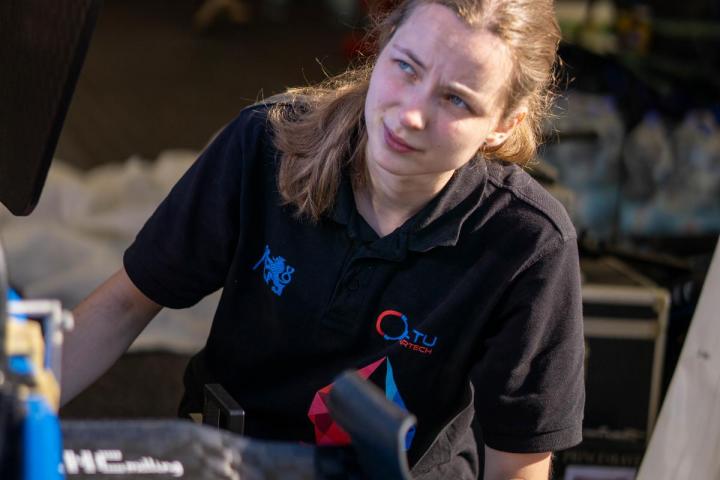
In each edition of the Formula Student competition, teams must submit documentation and showcase the latest version's innovations. This year's thirteenth formula, FS.13, has more news. A new front suspension system, which allows independent adjustment of the suspension as well as damping of knock-on moments and vertical forces. Using topological optimisation and aluminium sintering technology, the students designed and produced a new steering column. They also prepared second-generation carbon wheels, using 2-inch smaller 16” tires, all mounted on a lightweight wheel system with a central nut. On the aerodynamic front, they optimised the active diffuser to extract air from the space between the formula and the road, developed new sidepods seamlessly connected to the floors and modified the front wing endplates. For the engine, they began the long-term development of a new oil pan, exhaust manifolds, better validation on the engine brake and prepared an electronic throttle body. In the electronics area, there was a streamlining of wiring and harness design or wireless data acquisition.
The preparation and work on the new formula was adversely affected by the pandemic. Only a third of the 30-strong team were able to participate in the production of the car, while the rest were busy developing and preparing for the static events of the competition from home. Nevertheless, they managed to get everything done and the team stood up. In Most, the team confirmed last year's beautiful fourth place in the competition and repeated their first place from 2019. Now they will face further competitions in Hungary, Croatia and Italy. Let's wish them another great ranking.


